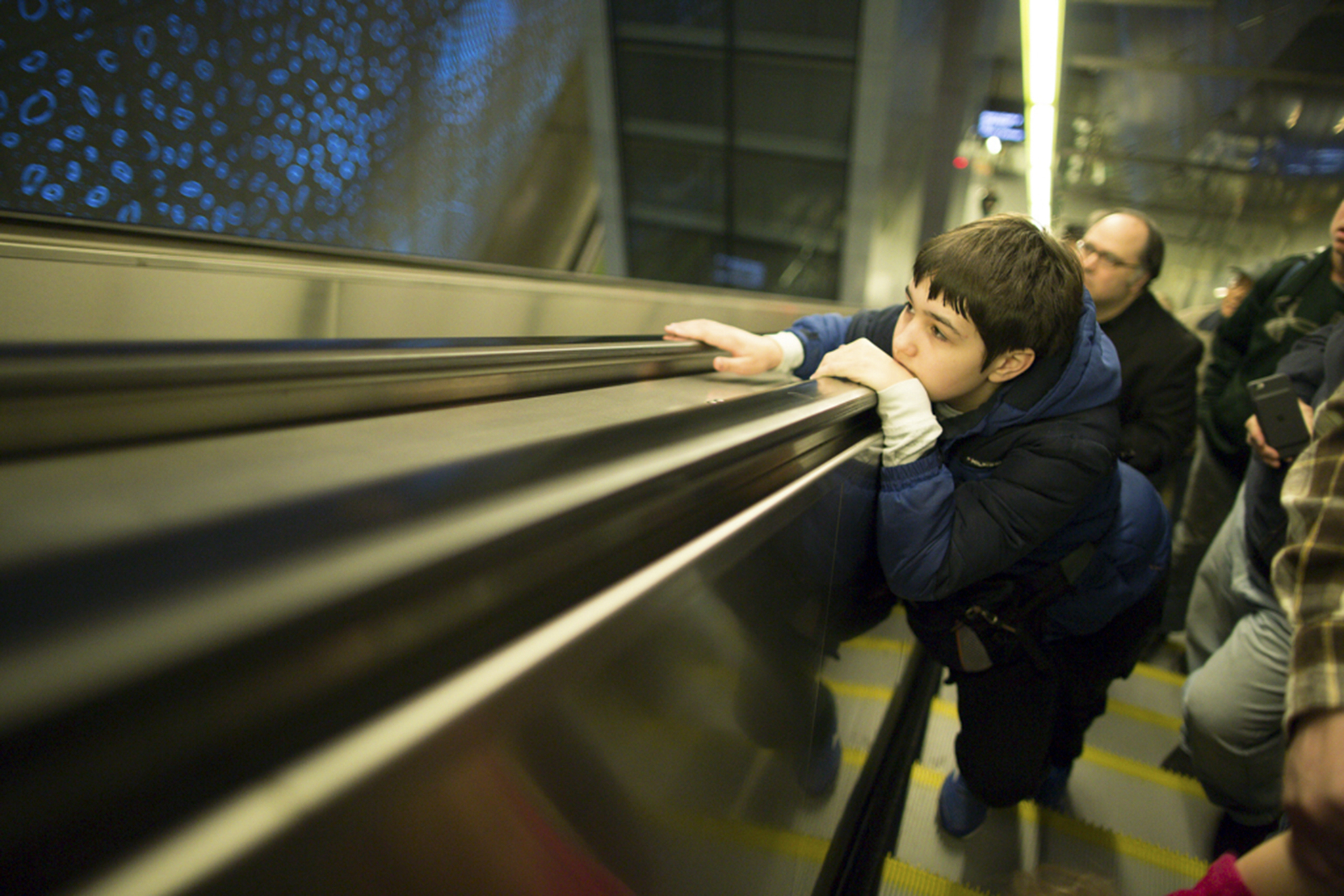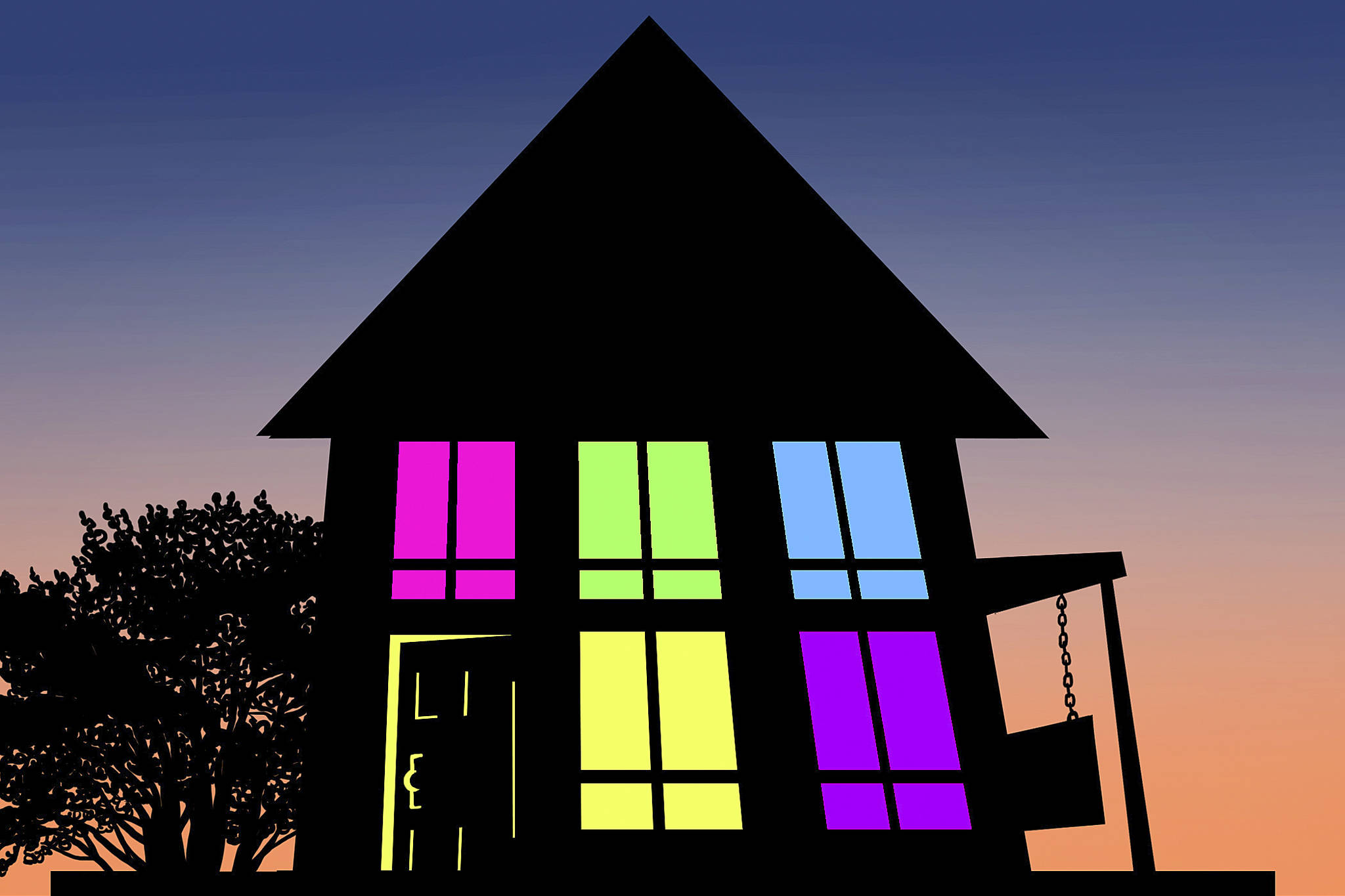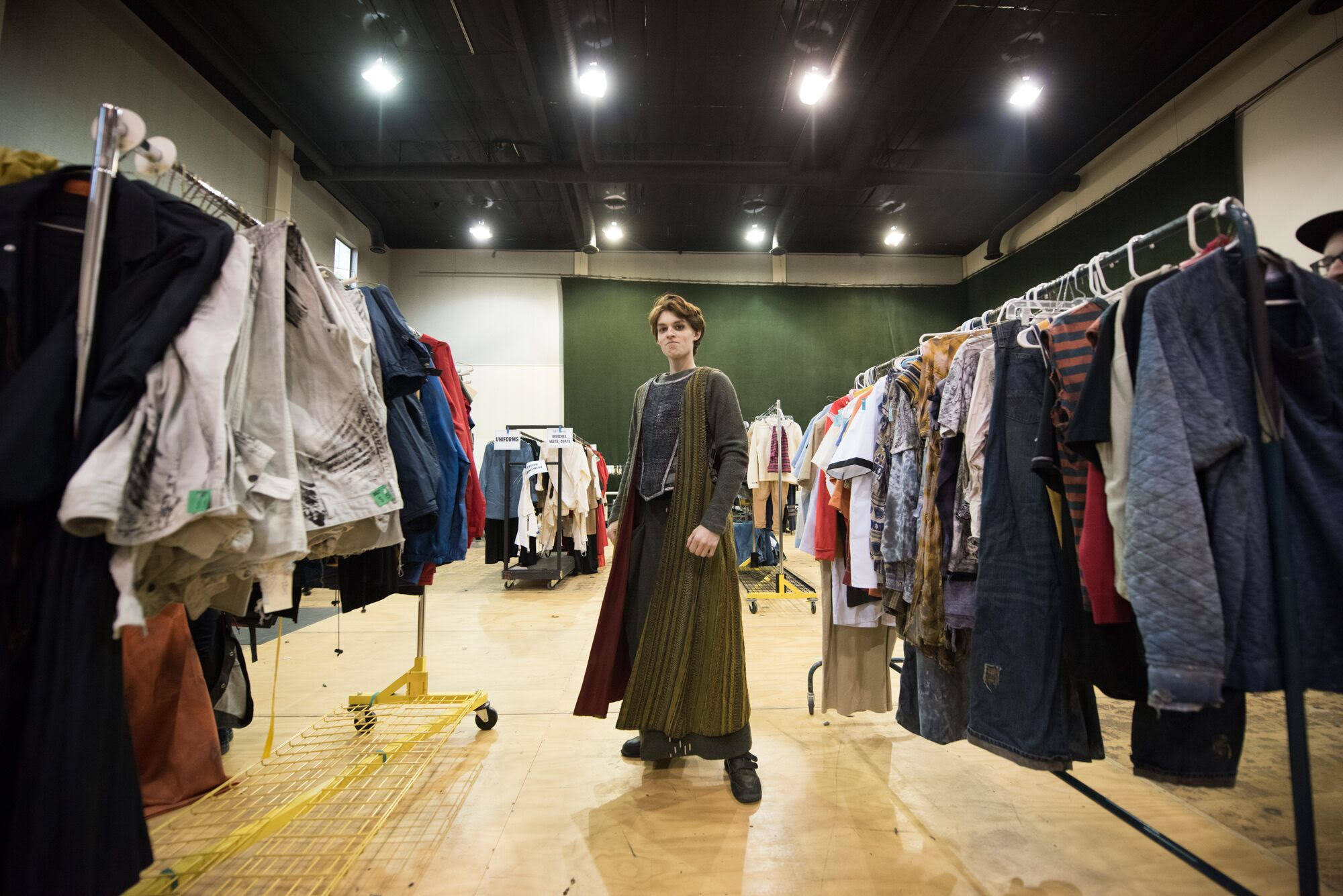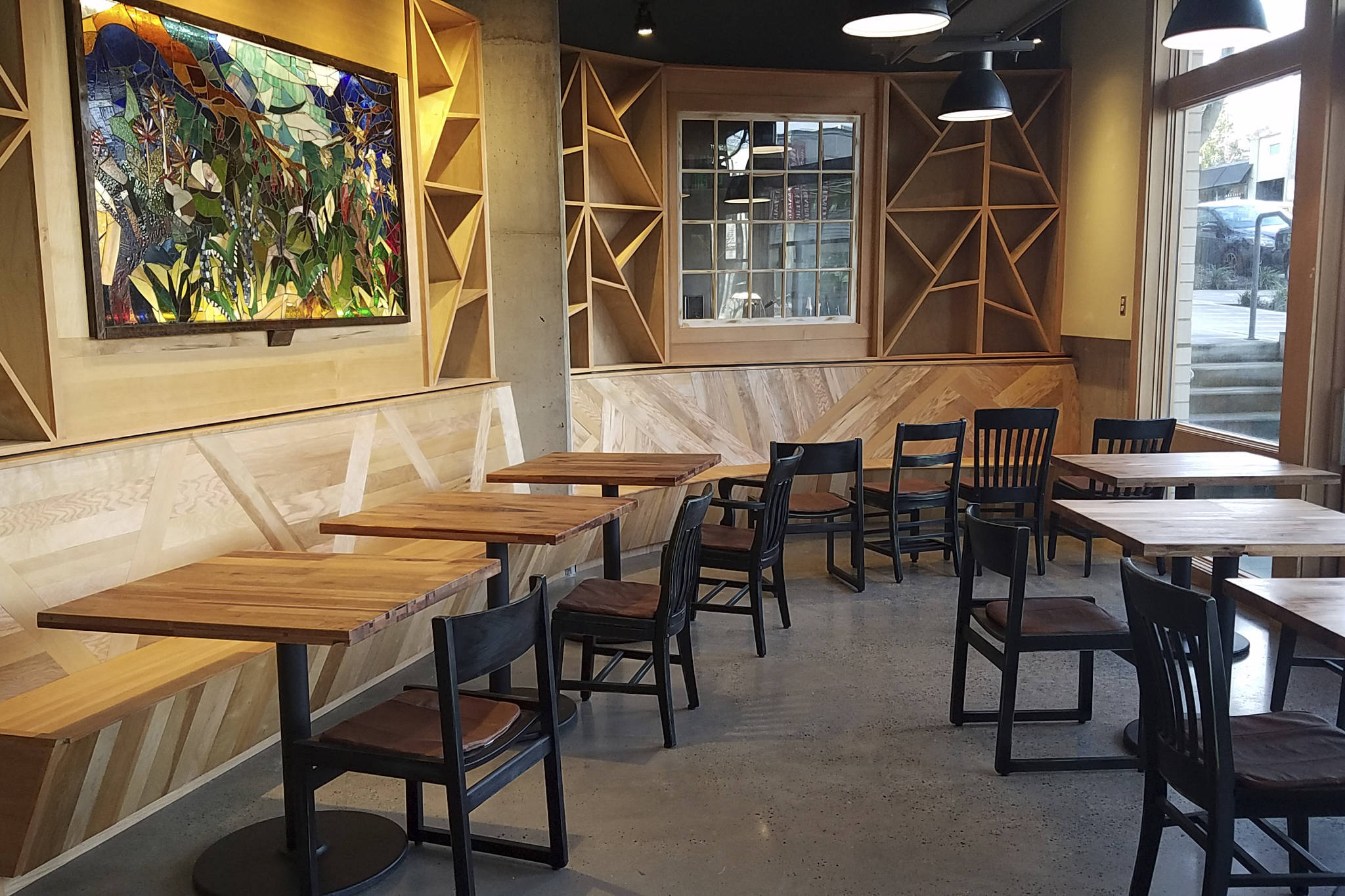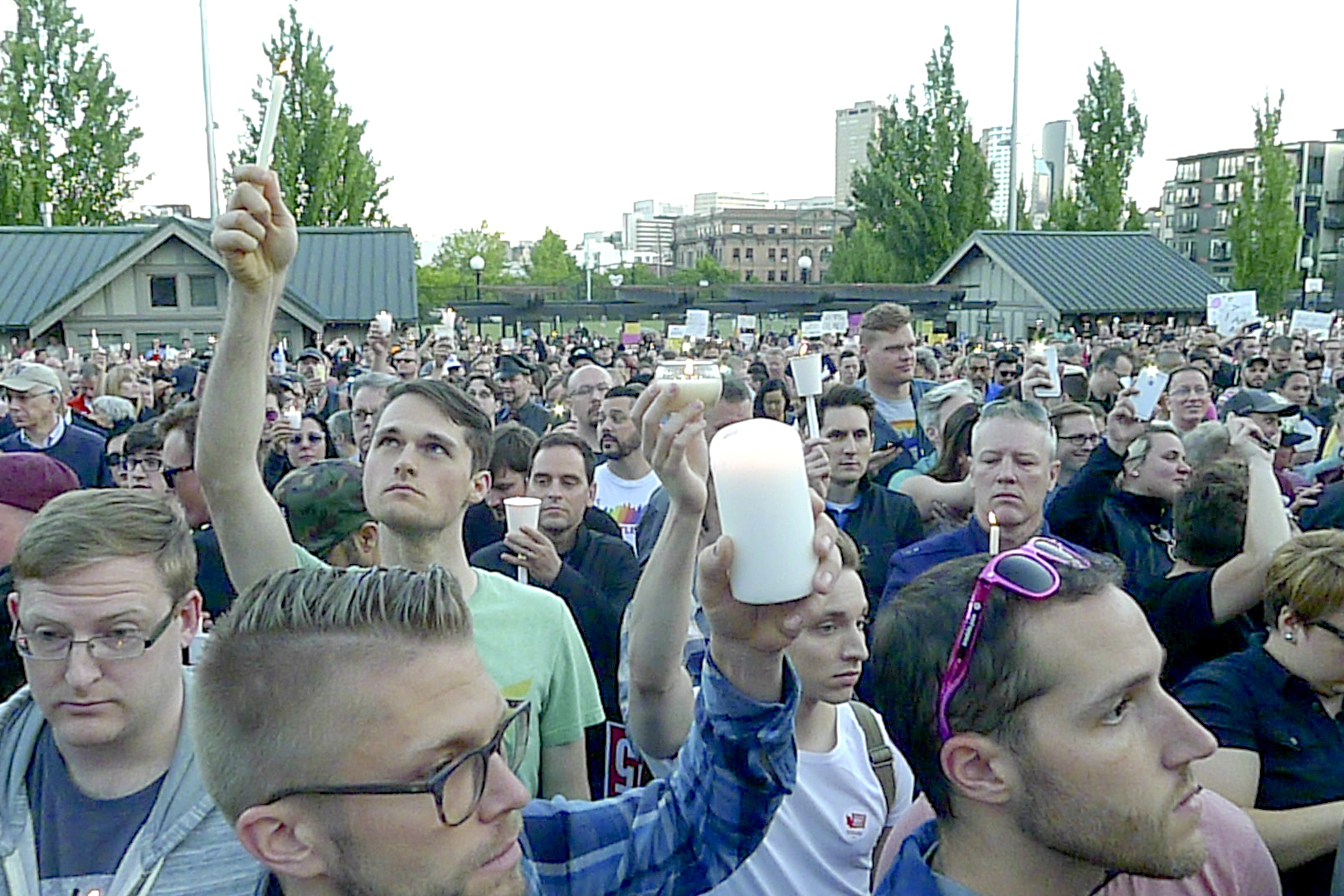By Eric Fredericksen’s estimation, the new light-rail station at the University of Washington is not perfect. Its location next to Husky Stadium means the station is not exactly convenient to get to from the UW campus. And it’s deep, deep underground, meaning long trips up and down between the platform and ground level. But these flaws are forgiven, in Fredericksen’s eyes, by its sheer beauty.
The station is illuminated by Leo Saul Berk’s wondrous colored-light panels, which often stop new visitors in their tracks. Berk’s enchanting, gentle light and lofty ceiling have been singled out for praise by local observers.
“There’s designing something useful to be lovely, and there’s designing something lovely that isn’t really that useful,” says Fredericksen, a local curator who consulted on the Waterfront Project’s public art. “The U District station, if it wasn’t lovely, you might get frustrated. It’s so far underground and you have to ride so many escalators to get out.”
Transit systems are rarely considered beautiful, but Sound Transit’s ambitious STart program tries to fight that impression by turning the entire transportation system into a gallery space for a major collection of museum-quality art.
The art program is funded by Sound Transit’s 1% for Art requirement, which stipulates that 1 percent of the construction budget for each station, minus tunneling and real-estate acquisition costs, be used to commission and install artworks that reflect some quality of the community that the facility serves. (Similar programs exist throughout the state and King County.) Because transit construction is typically expensive, the amount of money Sound Transit’s 1 percent policy funnels to the arts is significant. For example, the three light-rail stations currently under construction—in Northgate, Roosevelt, and the U District—have, according to Sound Transit, an arts budget of around $2 million.
As with the transit infrastructure itself, once the art is installed, STart’s curators need to keep up with myriad, unique maintenance challenges. Art installation and maintenance requires a creative practicality. The pieces inhabit stations that are exposed to the elements high in the air or deep underground. And filled with people. Who might not be the nicest to the artwork.
“If it’s in public, people do tend to pee on it,” says STart art collection specialist Tim Marsden, the collection’s impish caretaker. Himself an artist of some local renown, Marsden has maintained and installed the collection since 2014. He’s experienced in art maintenance and installation—before working at Sound Transit, he held a similar position at the Olympic Sculpture Park.
On a recent morning, Marsden joins his boss, Barbara Luecke, at the Beacon Hill station to assess the station’s art maintenance demands. Luecke, STart’s program manager, works as a liaison among artists, architects, engineers, and contractors. She finds the artists, helps them through the design of their pieces, and then figures out how the pieces get built into their unlikely galleries.
This morning, the two are discussing upkeep of Dan Corson’s Portals, the light and video display near the station’s elevator bank. The piece has been mildly damaged by water seepage caused by the station’s unique location. The Beacon Hill station, the second-deepest subway station in the United States, is situated between two deep-bore tunnels—hardly the same conditions as museum galleries, which feature HVAC systems that tightly control humidity, light, and temperature. (Beacon Hill station’s final arts budget of $355,852 was approved as part of Sound Move, the first Sound Transit measure passed by voters.)
Some groundwater had shorted out some of the LED lights that surround video screens showing the contrasting micro/macro imagery of amoebas and nebulas. The LEDs were flickering on and off. “That psychedelic strobe effect on one strand of the small domes—it’s not supposed to go like that,” says Luecke.
“Does it do that all the time? I’ll have a look at those little ding dots,” says Marsden—joking that ding dots is a “highly technical” term.
Marsden pulls open the panel, which opens on a hinge to reveal a computer chip, wiring, and lights held in place by what looks a lot like single-serving pudding cups. Marsden tinkers for a while, but decides to return to his shop for the right tools and parts. Maintaining the STart collection requires a great many trips to and from points such as Lakewood, Issaquah, and Snohomish. Marsden maintains the entire collection, a piece of which resides at every Sound Transit facility throughout the region.
Installation is also no picnic. The recently opened Angle Lake Station, in SeaTac, features Laura Haddad’s Cloud, a collection of thousands of discs hung on steel cables 22 feet above the elevated platform, which itself is roughly 30 feet above the streets below. The piece is meant to be a landmark for those traveling to the station from the surrounding neighborhood. Getting the piece all the way up there required some doing. “[Cloud] required a lot of structural-engineering problem-solving,” says Luecke. “Even though each disc only weighs a tiny amount, [they’re] strung on a tensioned cable that exerts 11,000 pounds of pressure.”
Luecke explains that she, the artist, and the contractors had to engineer the suspension system and “do things like work out the sequencing with the rest of the construction project. How and when do we get [equipment] up there, when do we work … ideally before the energized 1,500-volt electrical cables that power the trains [are turned on.]”
Marsden and Luecke could have more work coming their way. The passage of the $54 billion Sound Transit 3 measure this year, which includes tens of billions of dollars in new construction costs, could be a boon for the local arts community.
While Sound Transit hasn’t yet released detailed budgets for ST3, there’s little doubt its arts budget would be large. For example, ST3’s proposed Downtown-Ballard line is budgeted for $2.7 billion in construction costs. Some of that includes tunneling work not subject to arts-funding requirements; still, judging by the current arts funding for the Northgate extension, a reasonable estimate would be $5.4 million for arts funding for those stations.
This money would have an impact on the local arts scene. The Puget Sound region’s public-art programs, one of the largest of which is Sound Transit, are altogether some of the largest and best-established in the United States. These programs have created an industry of fabricators, suppliers, and installers alongside the artists themselves.
“We do have such robust public-arts programs here,” says Cath Brunner of 4Culture. “That’s really provided another layer of professional creative workers here, which includes fabricators—some of the best fabricators in the world are located here.” n
news@seattleweekly.com
